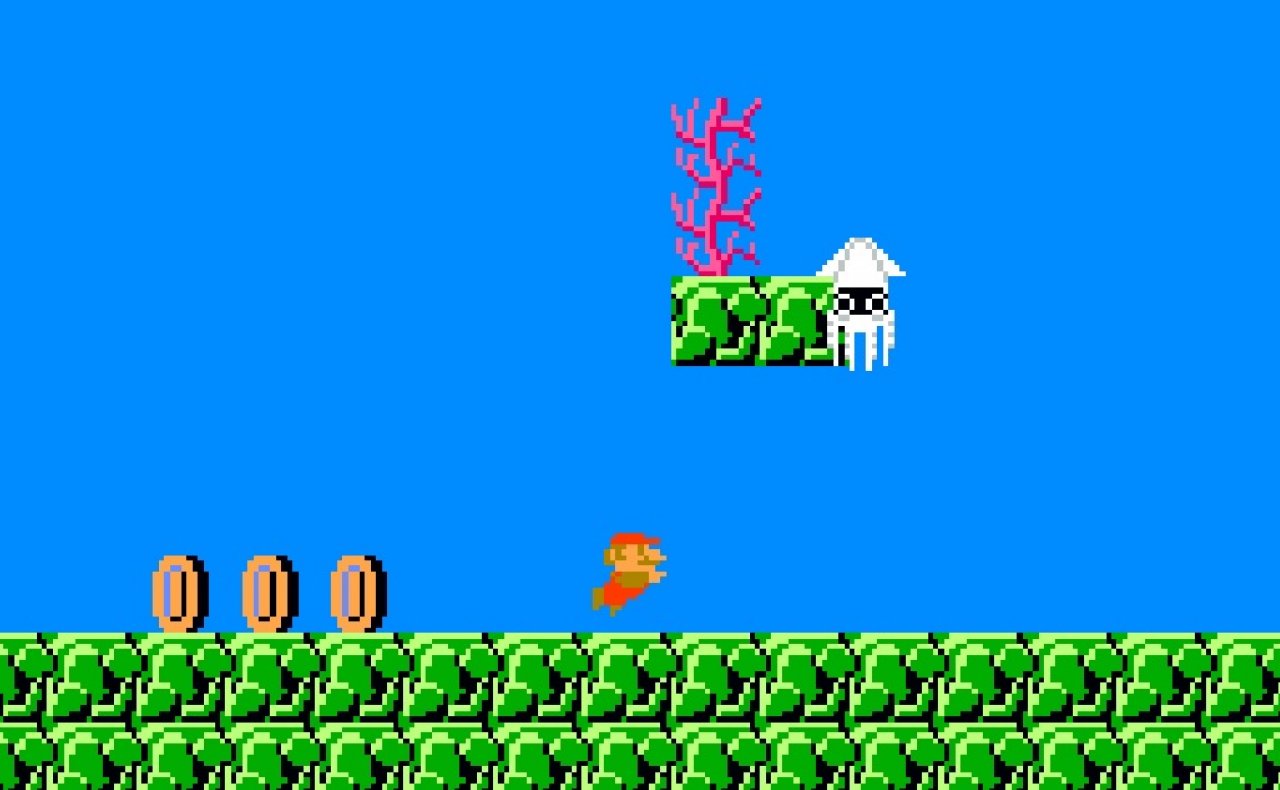Almost any gamer who’s played The Legend of Zelda: Ocarina of Time can recount their frustration spent in the Water Temple.
It has become one of the most-infamous water levels in gaming history thanks to tedious gameplay mechanic of constantly raise and lower the water levels to access new areas. If that weren’t enough, the player is also tasked with having to switch between your Normal Boots and Iron Boots to travel through rooms and solve puzzles. Many players dislike this level, along with just about any “water level” found in gaming. Why is this exactly? Are players just aquaphobic? No, that’d be ridiculous. There are a few key factors, whether gamers realize it or not, that induce their seemingly arbitrary hatred toward water levels.
First of all, most games that utilize a “water” level don’t solely revolve around its mechanics. Titles like Ecco the Dolphin and BioShock (it may take place in a fairly dry city but it’s still underwater!) completely revolve around the idea of being underwater. In one, you play as a dolphin, and in the other, you play in the underwater city of Rapture. Both examples have you play in these environments most of – if not all – your entire play-through. This means that the gameplay mechanics used in each feel natural and you are given ample time to learn and adjust to them. In many titles though, there are few, or even just a single water level. These levels have completely different gameplay mechanics than usual and force the player to quickly adjust to its new mechanics.
For example, the Sonic the Hedgehog series, at its core, is all about running as fast as possible. Most levels are designed to allow players to plow through levels at top speeds, and this speed is the indicative fun factor for the player. Water levels in these games, however, goes against that core mechanic. You are forced to slow down considerably, taking away the initial fun factor of the series, yet also pressures them to hurry to find an air bubble or they’ll drown. Not only does this take away the fun the player has, but it causes the player anxiety, because drowning means they have to start the water level all over from the beginning. Many other games use these two specific gameplay mechanics in their water levels too, and although these design choices are realistic, they are rarely fun for a player to experience and most will trudge through the level until they can return to the core gameplay.
Players don’t want to have gameplay slowed down or feel they have to rush through a level just to survive.
Another example is Super Mario Bros. on the NES. A straightforward game, Super Mario Bros. has you run with the B button, jump with the A button, and occasionally kill an enemy. Its core design may be simple, but its tight controls and fluid pace attracted gamers of all ages. In the water levels of the game though, these central gameplay designs are flipped on their heads. No longer are you running and jumping through the level, but instead swimming left to right. The A button now causes you to swim up, while the B button does nothing. Unless you happen to have a Fire Flower from a previous level, Mario cannot attack enemies, and must swim around them to avoid getting hit. This makes Mario much more vulnerable, as he cannot attack, and his movement is floaty and sluggish.
Players don’t want to have gameplay slowed down or feel they have to rush through a level just to survive. Choices like these feel strange and out of place, and that’s because they are, most of the time. But there are games that have good water levels. Several examples include The Legend of Zelda: Majora’s Mask, Rayman Origins, and its sequel, Rayman Legends. In Majora’s Mask, the Great Bay Temple (the obligatory water temple) forces you to use your Zora Mask to fight enemies and solve puzzles underwater. Despite most of the temple being underwater, the gameplay didn’t feel slowed down very much, because as a Zora, you could breathe underwater, swim fast, and attack while swimming. In both Rayman games, Rayman swims about as fast as he runs on land and can attack enemies underwater. Keeping the character’s agility and speed is crucial for players to continue having fun while playing and feel comfortable with the gameplay mechanics at hand. Both games mentioned above add new gameplay elements while keeping their original pace and feel to them. This is how new mechanics should be introduced to prevent alienating the player.
The obvious solution to creating a successful water level is to not sacrifice the tight and precise controls of a game or its fast pace in order to be more “realistic” (and by realistic, I mean slow and tedious). Water levels can be done right, like above, but they have to stay in tune with what makes the rest of the game fun. I appreciate elements of realism in video games, but I much prefer to have a game that is fun, has solid controls, and has a consistent pace over one that has none of these but is more “realistic.” I’m not exactly looking for realism when I play as a blue hedgehog faster than the speed of sound or a plumber that shoots fireballs out of his hands. If nothing else, developers need to realize that even a single level that goes against the core mechanics of a game can be detrimental to the player experience.

